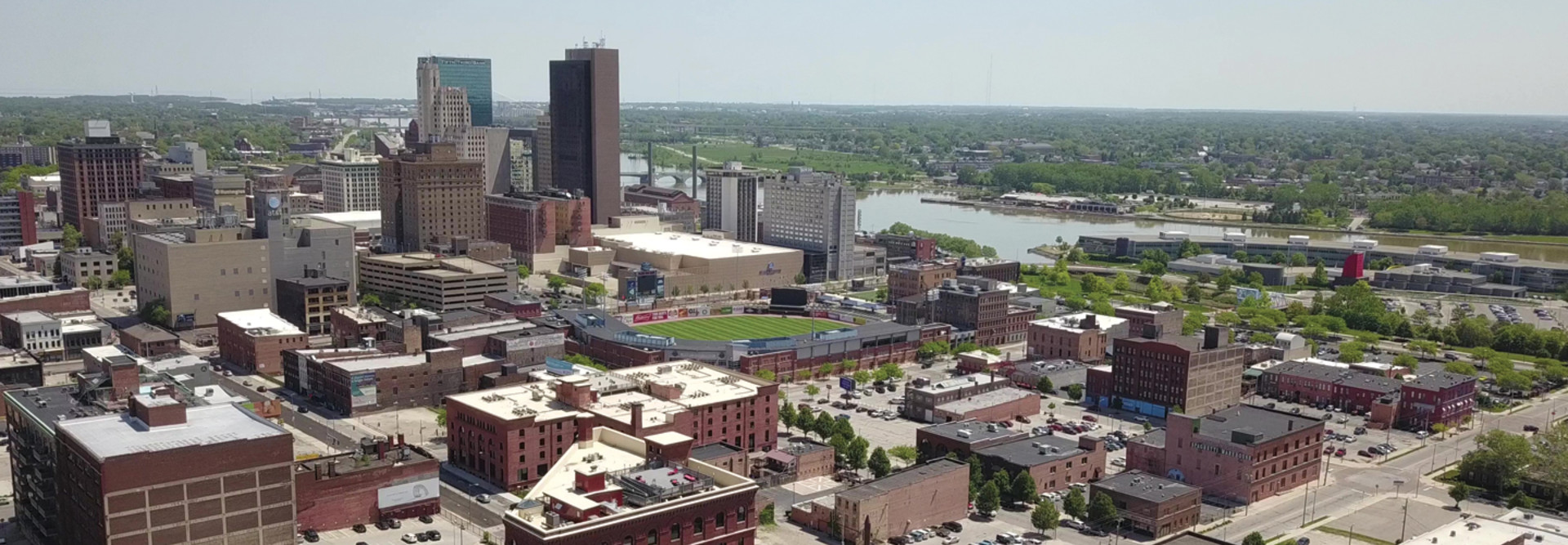Machine Learning to Help Root Out Lead Pipes
Toledo will receive a two-year, $200,000 grant from the EPA’s State Environmental Justice Collaborative Problem-Solving Cooperative Agreement (SEJCA) Program to help with the replacement, according to an EPA project summary.
Kurt Thiede, a regional administrator for the agency, tells Toledo newspaper The Blade that the goal is “to ensure clean air and clean water are basics shared by all, regardless of your ZIP code.”
The project, Thiede says, “will reduce lead exposure risks for Toledo’s most vulnerable residents by using historical data and technology to target lead service line replacements.”
City officials have set a goal of replacing 1,000 lead lines annually, starting in 2020, The Blade reports.
The project will focus both on accelerating the identification and replacement of lead water service lines and the development of “a public education campaign aimed at the most vulnerable communities so they can minimize their lead exposure as the city replaces its service lines,” according to the EPA.
The continued presence of lead pipes “poses a serious health risk to the community, especially for low-income and minority populations,” the EPA notes.
The city — working in partnership with BlueConduit, Freshwater Future, the University of Toledo, the Toledo-Lucas County Health Department and local partners — “designed this project with the goal of reducing lead exposure through well-tested, data-driven prioritization techniques,” the EPA notes.
Toledo will use a machine learning predictive model to assess the probability of lead water service lines on a home-by-home basis “based on existing parcel and neighborhood-level data and a representative sample of water service lines in the city taken by the project team.”
That will allow the city to determine if a home has copper or lead pipes without having to dig them up, which will save both time and money. The city of Flint, Mich., used a similar tool to help it detect lead pipes in the city.
The data will then help the city determine which homes should receive targeted education, water filters and ultimately the prioritization of the lead pipe replacement. The city will hold stakeholder meetings and create educational materials with a focus on the city’s high-risk communities.
LEARN MORE: How can AI help government agencies respond to disasters?











